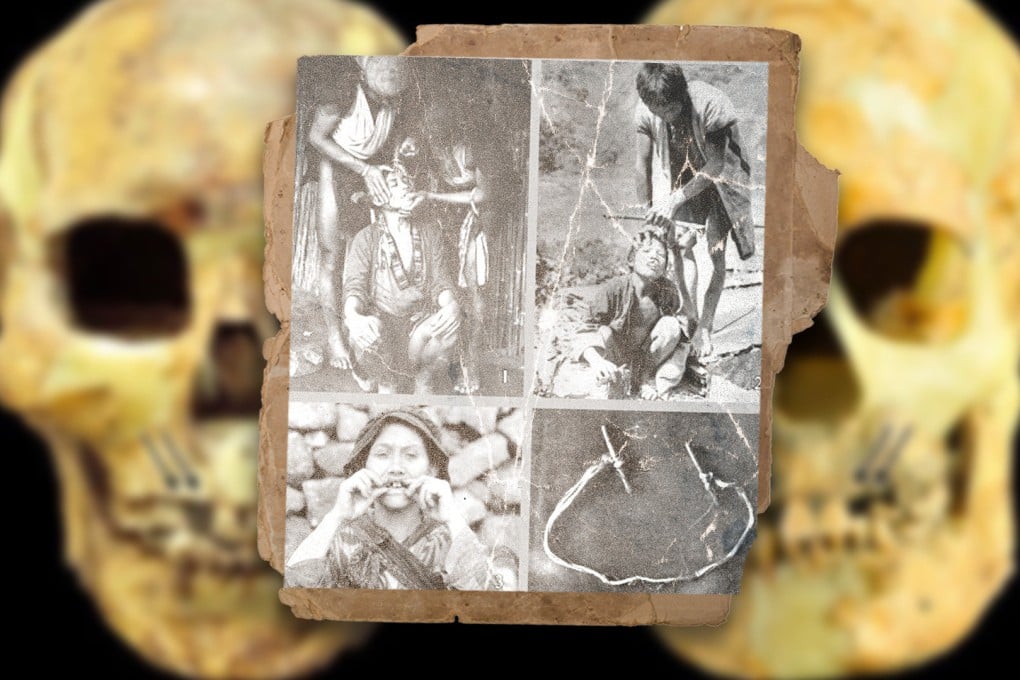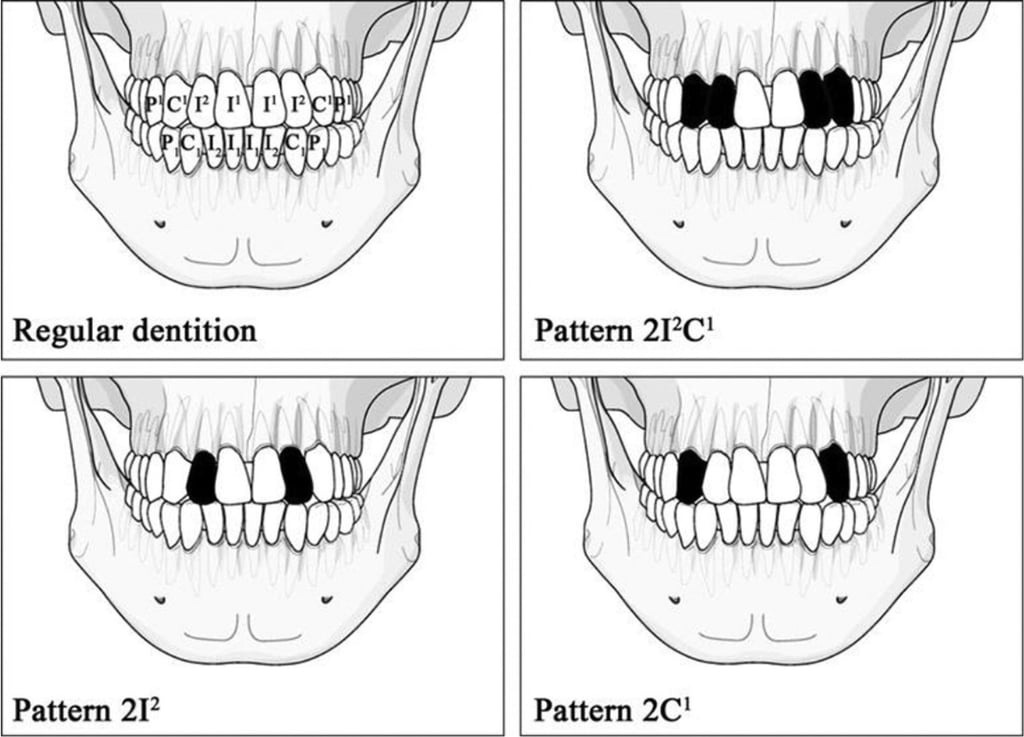5,000-year tradition of healthy tooth removal offers insights into indigenous Taiwan
One most frequently cited reason for tooth ablation among adults was to distinguish humans from animals

Losing our baby teeth is a rite of passage for everyone, often requiring clever strategies to remove those stubborn little gnashers.
For nearly 5,000 years, the indigenous communities of Taiwan practised a tradition called teeth ablation, the deliberate removal of healthy adult teeth, primarily targeting the visible front-facing anterior teeth. This practice would become a significant tradition that persisted for millennia.
According to a recent study published in Archaeological Research in Asia that analysed research reports from over 250 archaeological sites of Austronesian peoples in Taiwan, tooth ablation was a widespread custom that migrated along with the communities.
“Our paper suggests that this practice spread with ancient Austronesian speakers as they migrated from Taiwan to [islands in] Southeast Asia. This is supported by allied evidence of the custom and their material culture and agricultural practices,” said Zhang Yue, a study author from the Department of Archaeology and Natural History at the Australian National University in Canberra.

Austronesians were a large ancient ethnic group in Taiwan that migrated southward into Southeast Asia, Micronesia and Polynesia. The paper suggested that tooth ablation should be considered a “diagnostic cultural trait” of the ancient Austronesians.
